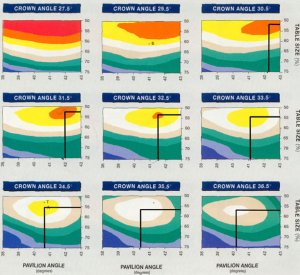strmrdr
Super_Ideal_Rock
- Joined
- Nov 1, 2003
- Messages
- 23,295
Date: 10/20/2008 10:05:34 PM
Author: Garry H (Cut Nut)
Date: 10/20/2008 9:34:39 PM
Author: Allison D.
D-Ideal and R-Ideal,
Hey man, that's cool, this one - she's De' Ideal
No Sir, you are wrong, this one is the Real ideal - you can tell because it is writen in plain English and not some code.
I'm starting to like the terms:
Real AGS Ideal
Fake AGS Ideal or kiss of death avoid at all cost or kodaaac
AGS koi or kind of ideal
AGS MBI or might be ideal.







300x240.png)